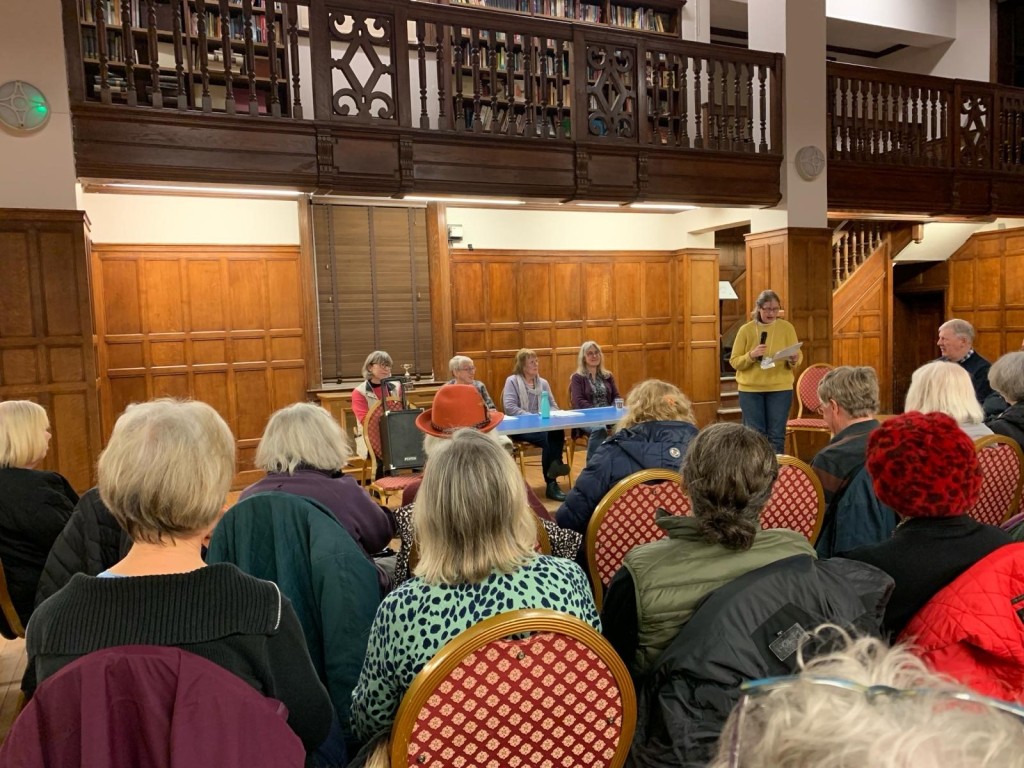Date for your Diary: Saturday May 18th from 10am
Preparations for our annual Plant Sale are well under way and it’s shaping up to be a GOOD DAY! The Garden volunteers have been potting up for weeks and CABAHS members have been sowing, taking cuttings and splitting their prized perennials. We will have a lovely selection for sale. They are not garden-centre plants – they are better, because we know how well suited they are to our local conditions!





The WI bakers have also been busy, and promise their usual delectable display of cakes. There will be other market stalls too and Frilly’s will be open for drinks and snacks.
For the kids, we have a “Bugs in the Bed” discovery trail around the Old Pond Garden, with a prize if (when) they solve the puzzle.
Continue reading Plant Sale, Cakes, Trails, Tours, Talks!

























